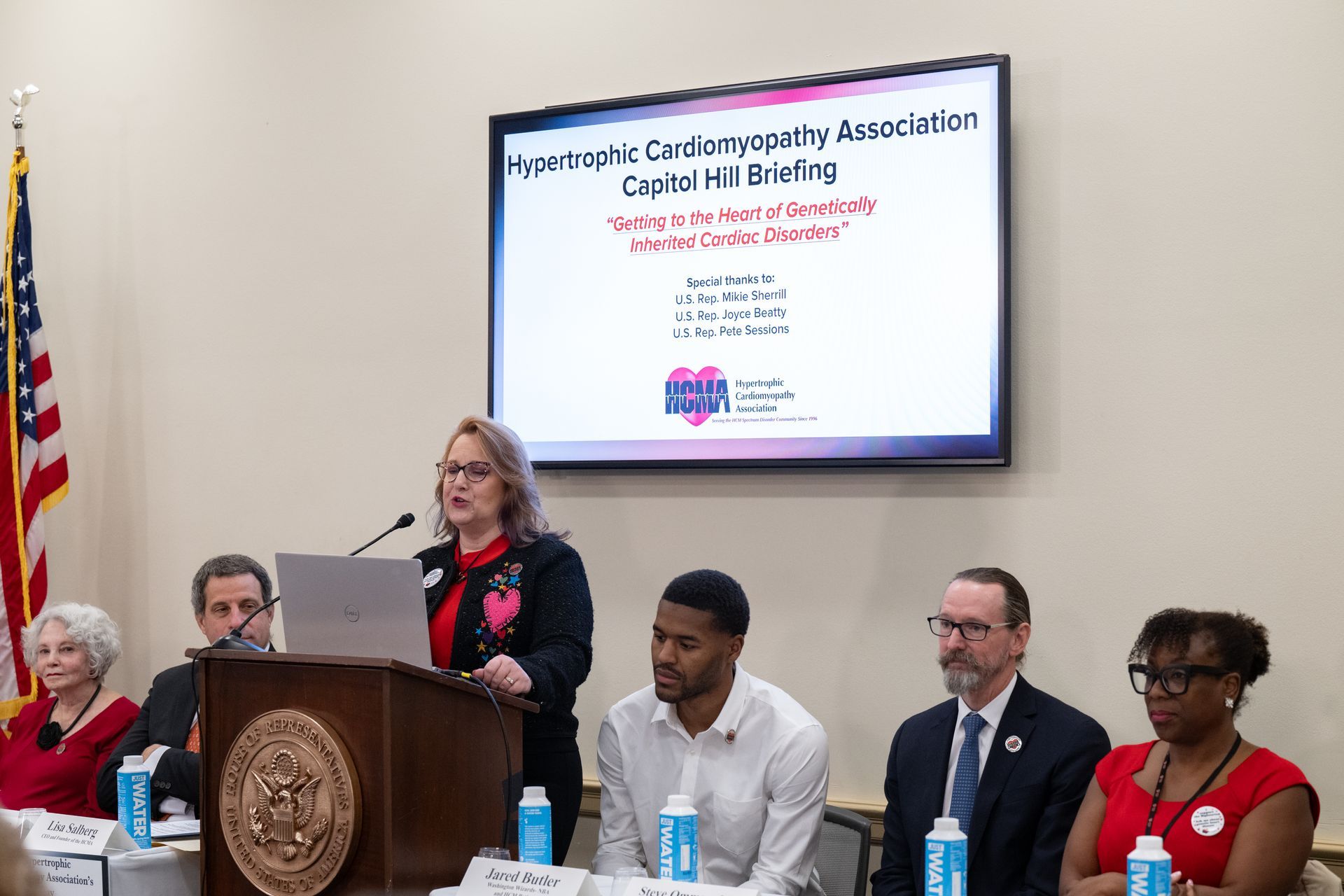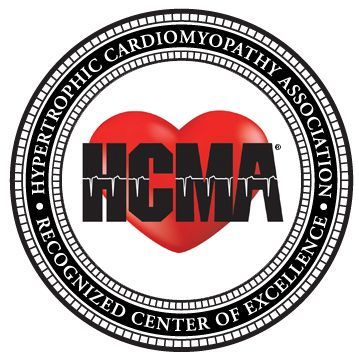Medical Management means using medications and other non-invasive therapies to treat disease and relieve symptoms. It’s exciting and historic that new treatments targeted for HCM are being studied and that the FDA approved Camzyos in 2022!
HCM can cause various symptoms depending on how stiff the heart is, how much scarring (fibrosis) there is, and whether there is obstruction. Some people have no noticeable symptoms. Symptoms of HCM may include chest pain/pressure, shortness of breath, lightheadedness, fatigue, palpitations, syncope (fainting)/near-syncope, and brain fog.
Medications are the first-line treatment for symptoms of HCM. If patients can’t tolerate one medicine, they can try another one in the same class or a medication from a different class. Here are some medications used to treat HCM and what they’re for:
- Beta Blockers – make your heart beat slower and relax better, allowing the heart to fill more completely between beats. They can lower blood pressure and relieve symptoms like chest pain, breathlessness, and palpitations.
- Calcium Channel Blockers – used to lower blood pressure and slow the heart rate. May reduce symptoms from obstruction in HCM.
- Myosin Inhibitors – cause the heart to beat with less force. They may reduce obstruction and septal thickness in some patients. Camzyos (mavacamten) is the first of this class of medication. For more information, click HERE.
- Antiarrhythmics – help to restore normal rhythm in the heart.
- Blood Thinners – anticoagulants make it harder for blood to clot. They are prescribed to reduce the risk of stroke, which is higher in patients with afib, aflutter, and artificial heart valves.
- Diuretics – “water pills” are used to help the kidneys get rid of extra water and salt, reducing swelling in the body.
- Sodium Channel Blockers – may reduce gradient in obstructive HCM and can treat chest pain.
- Antibiotics – treat or prevent bacterial infections. In HCM, they may be given before dental work to prevent infective endocarditis.
To learn more and see the side effects of these medications, click HERE.
The post Medical Management May appeared first on Hypertrophic Cardiomyopathy Association.
HCMA Blog


 Translate
Translate